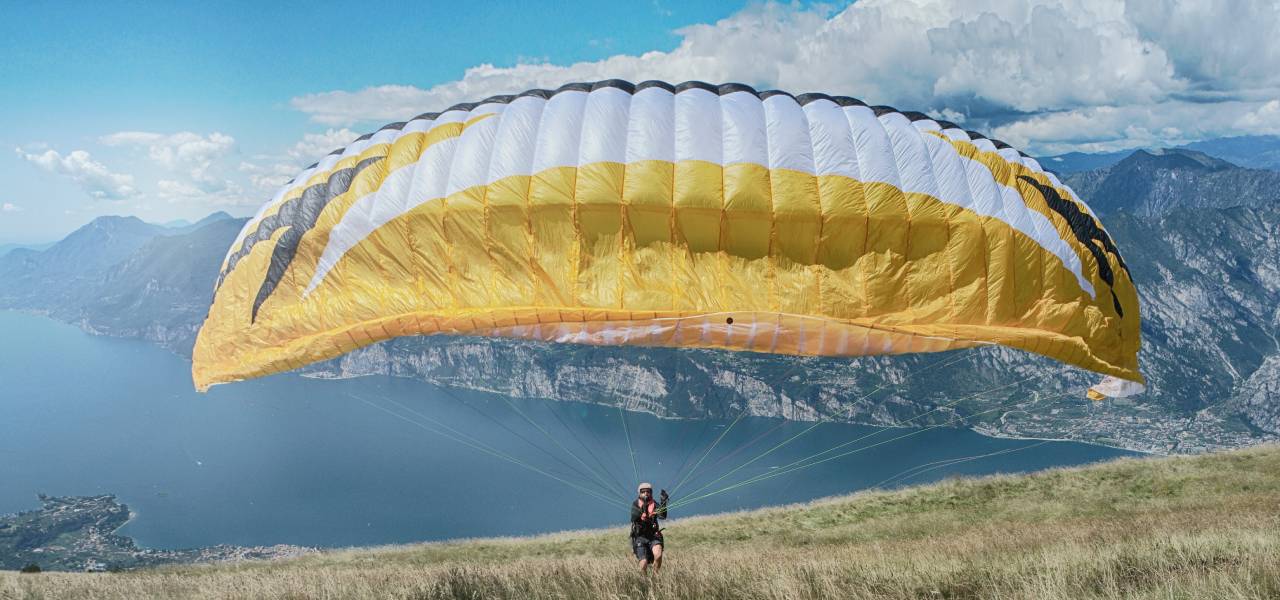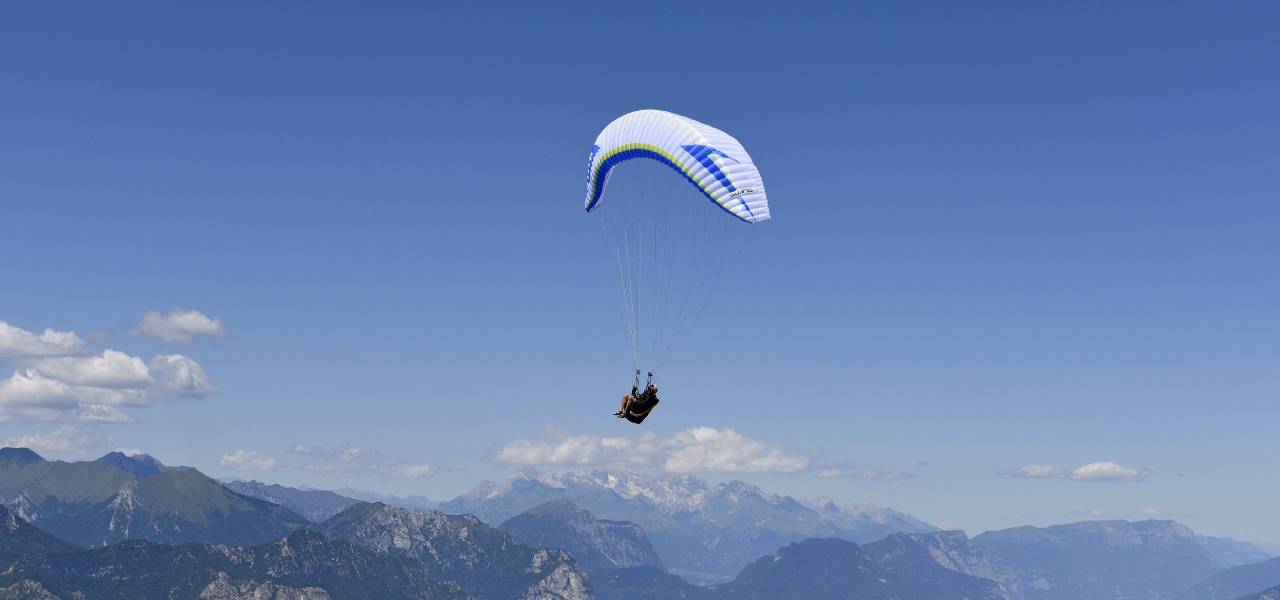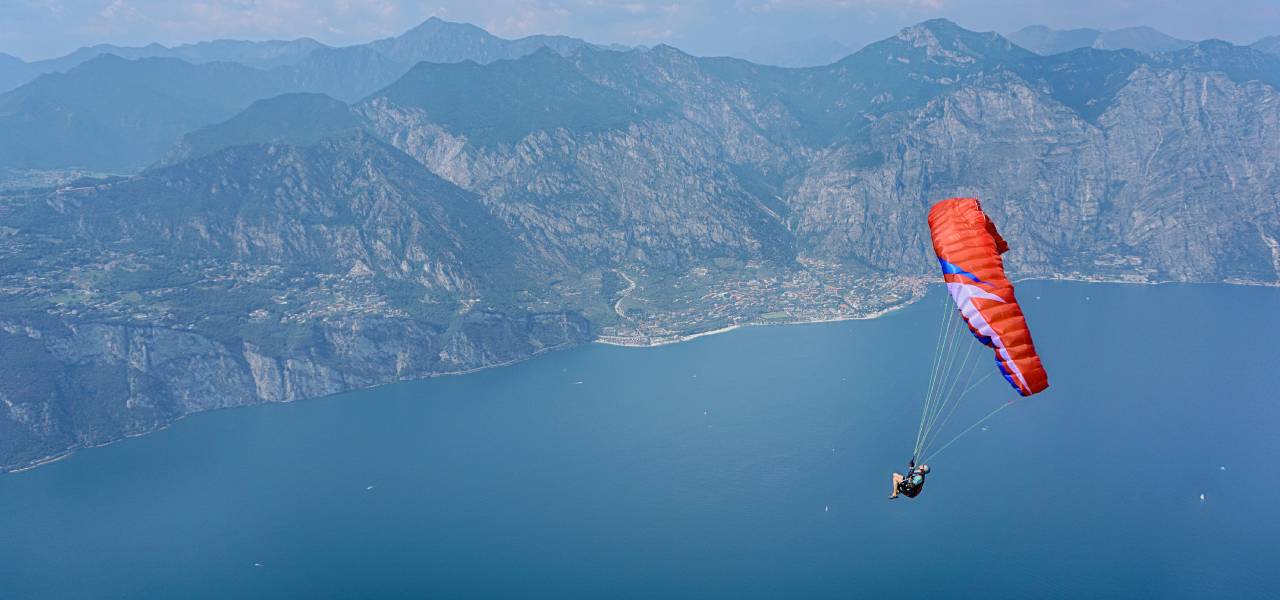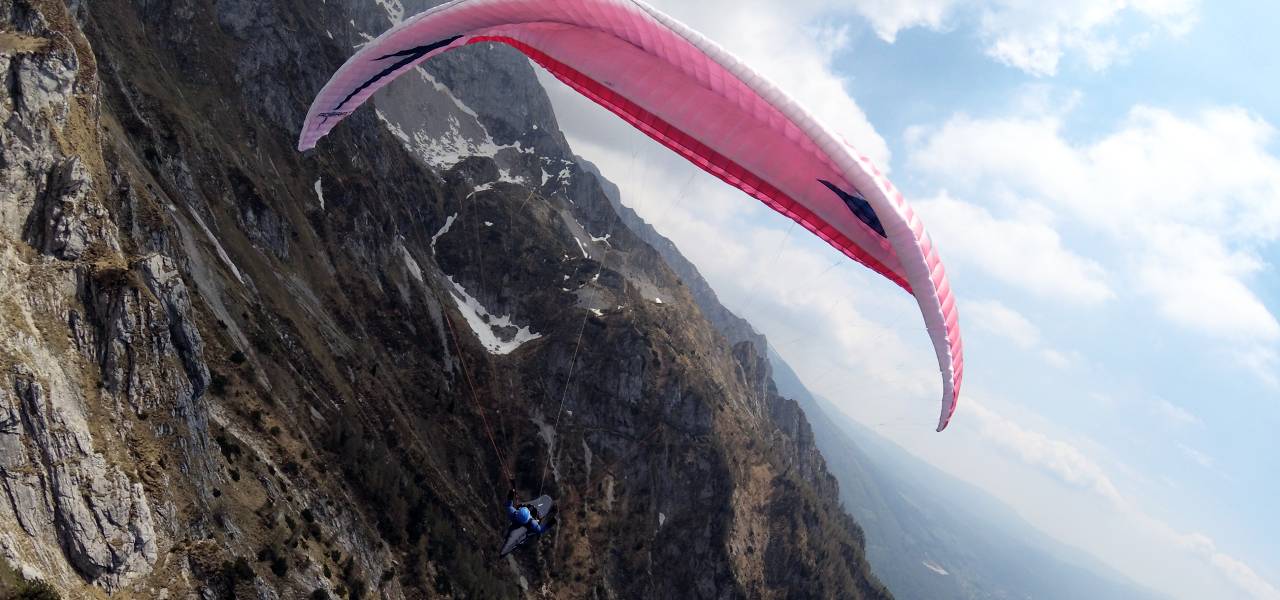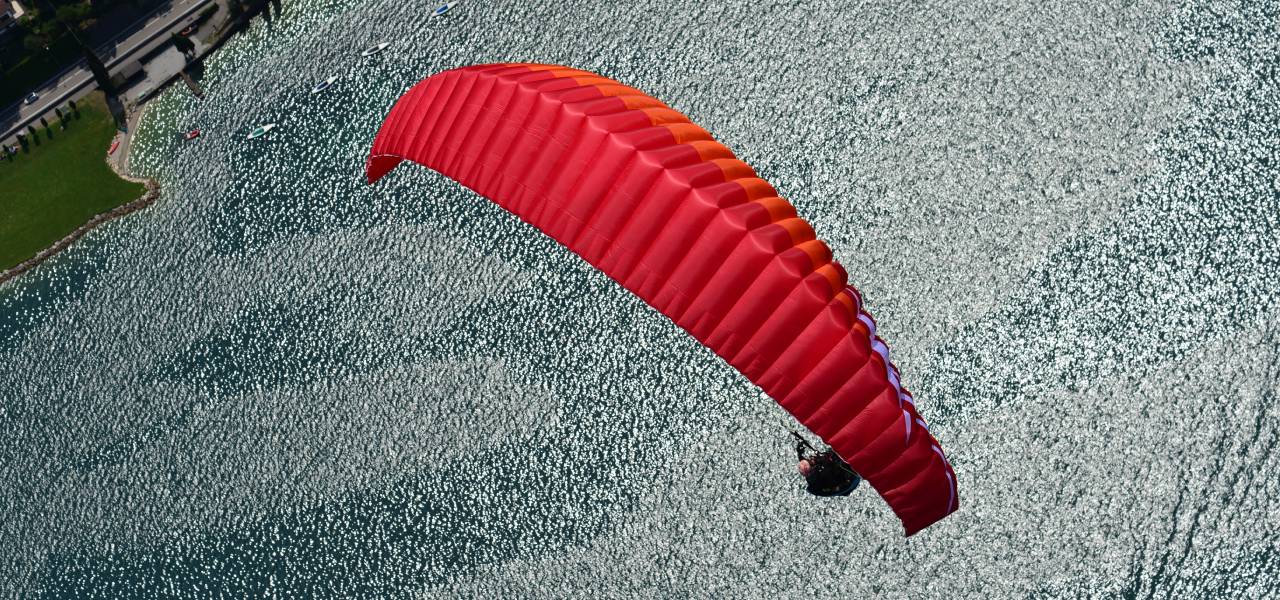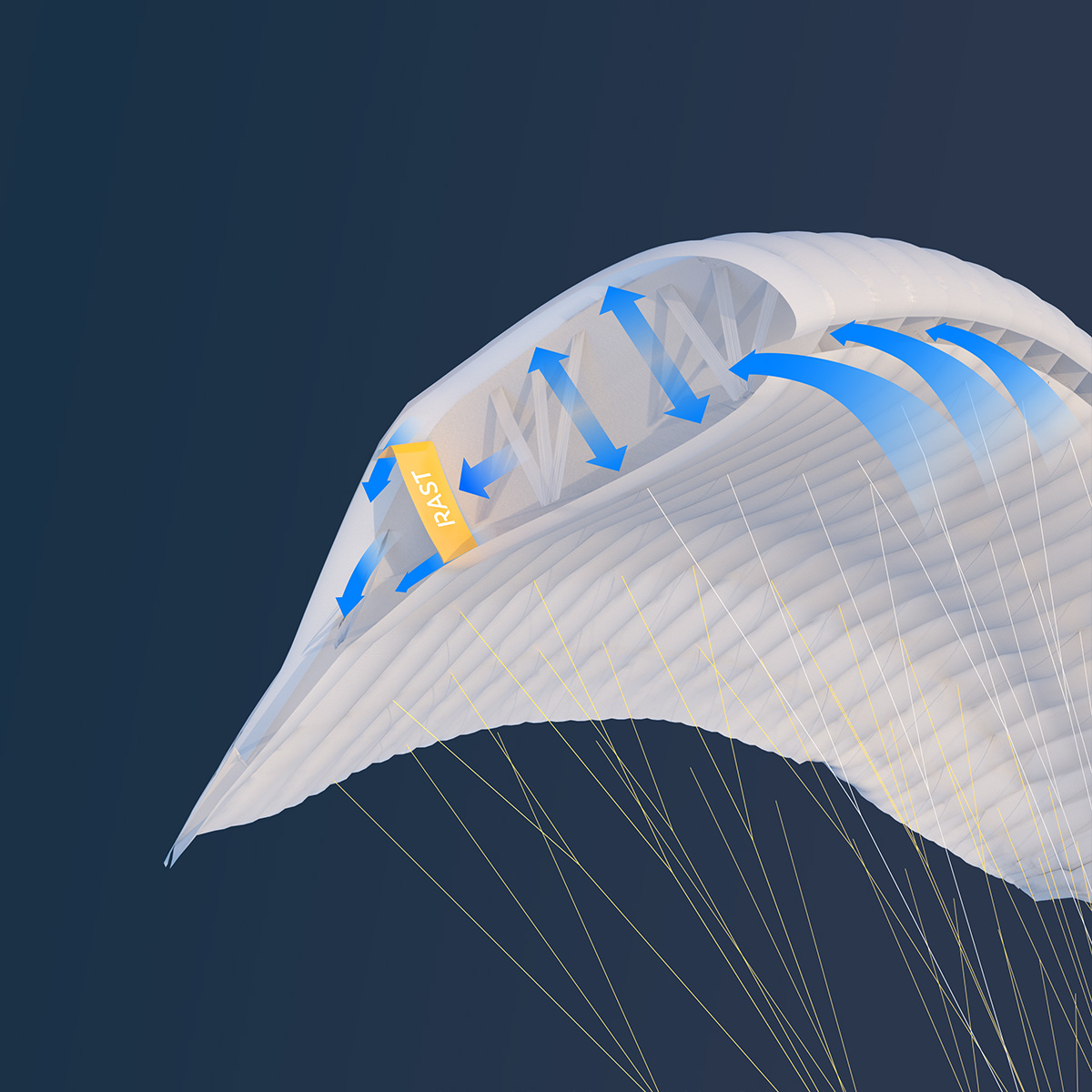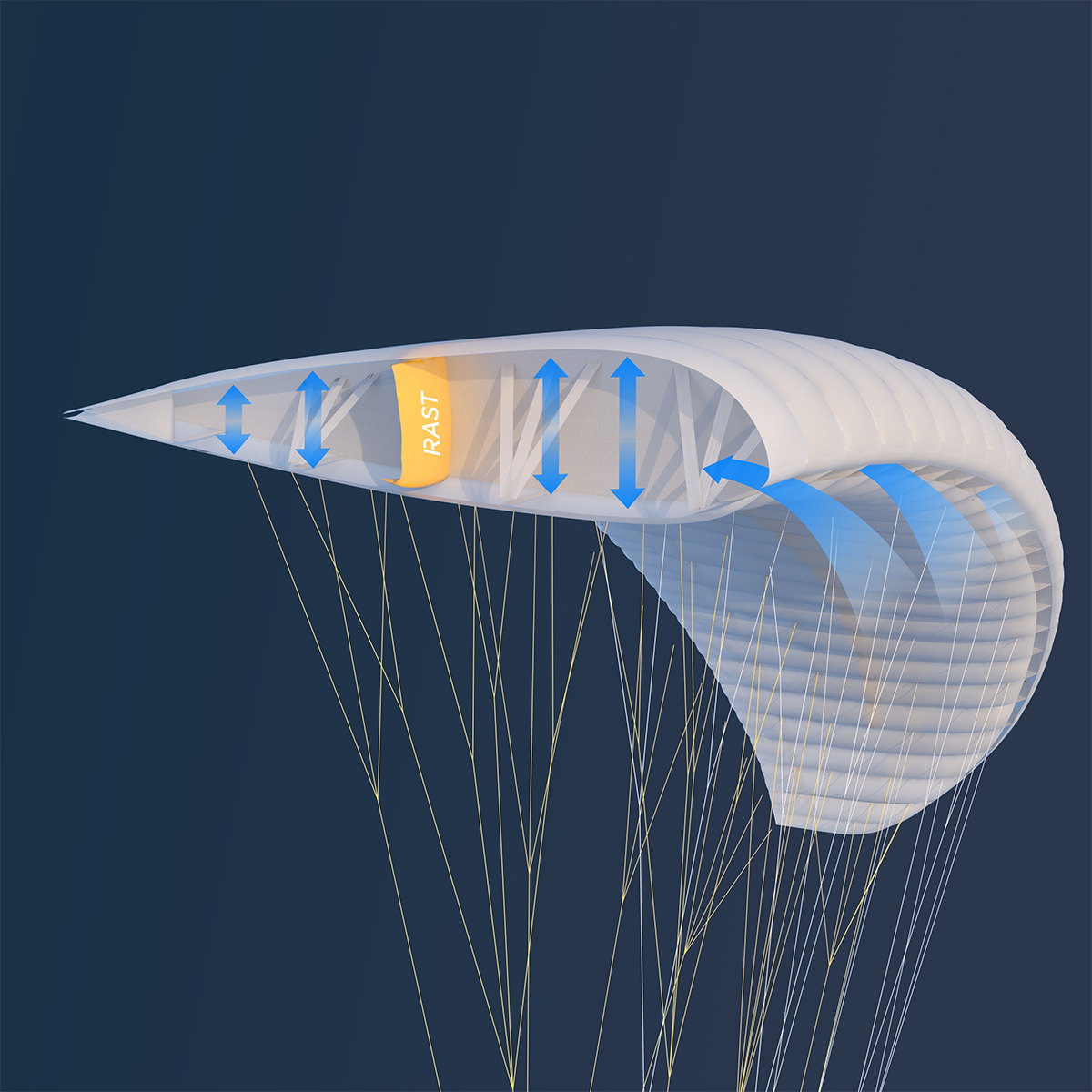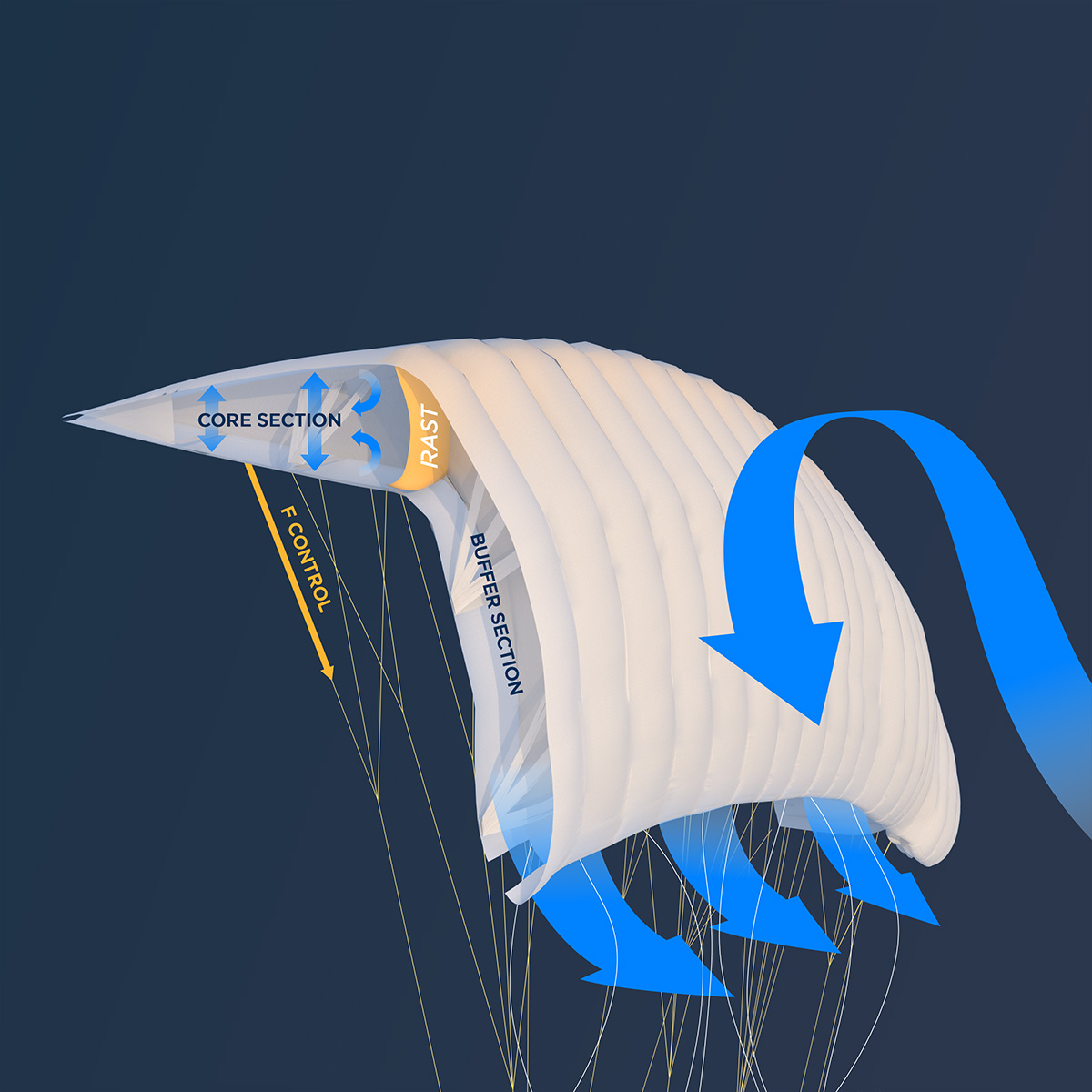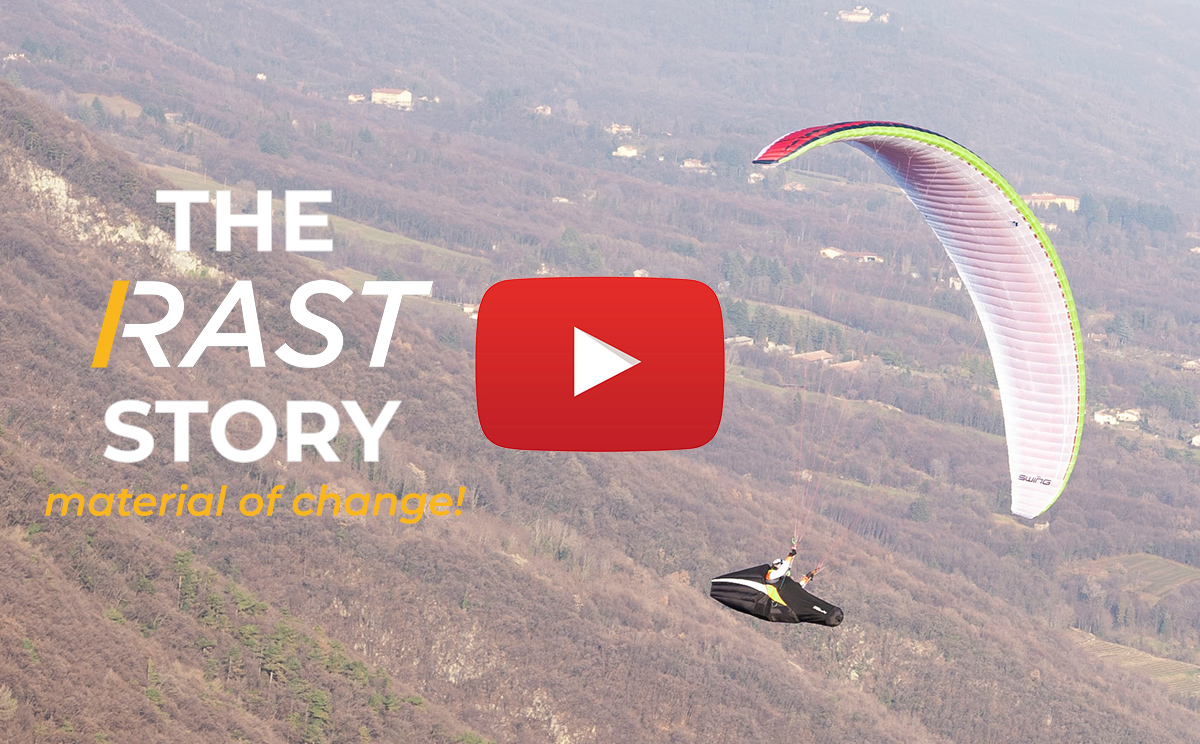RAST Maximum control for your best flying experience.
At SWING, our goal is to make paragliding better every day. From over 30 years of experience and as pioneers in the industry, we know one thing: The best paraglider is the one that does exactly what its pilot wants it to do. In short: Maximum control in every situation – that´s RAST.
From the level of feedback from you, our customers, SWING Ram Air Section Technology (RAST) is our most important contribution to date under this premise.RAST is a technical design element that makes paragliding more predictable for you by dividing the canopy into different pressure zones. The glider behaviour is more stable and easier to control, especially in turbulent conditions.
What RAST does for the individual pilot varies. Experienced pilots can use RAST to better exploit the performance potential of their glider even in challenging conditions. Beginners and schools especially appreciate the support provided by RAST during take-off.
RAST OPERATING PRINCIPLE
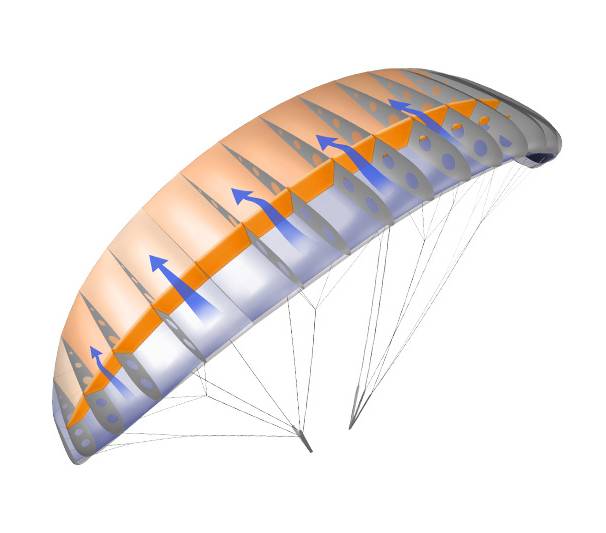
In paragliders with RAST , the canopy is separated inside into different (pressure) sections by one or more fabric panels, some with valves transverse to the direction of flight. This makes it possible to control the airflow in the canopy. The mode of action is comparable to a compartment wall, e.g. in a tank.
RAST IN ACTION - VIDEOS
Arcus RS Lite frontal collapse
Asymmetric collapse during landing approach
Arcus RS frontal collapse
Massive frontal collapse shortly after takeoff
RAST FAQ
RAST TESTIMONIALS
I was able to test the Nyos RS XS for a few days in July. Under sporty conditions, to say the least. Strong thermals combined with plenty of north wind. I didn’t experience a single collapse.
As Lucian Haas’ blog points out, you should learn how to use the RAST system properly to get the most out of it (conversion).
Link: lu-glidz.blogspot.com/2018/04/schirmtest-swing-nyos-rs
Why not????
YouTube Video: Q&A concerning RAST
It’s a fabulous idea, I don’t understand how it hasn’t moved on. I have been paragliding since 1992, and this seems to me the most significant advance in safety that there has ever been. I would change my paraglider ¡¡¡ tomorrow !!!! for one with this system,…….. and like me, many people. I can´t understand.
“After more than 100 hours of flying in rough thermals, the RAST system has completely convinced me. Even in accelerated flight, only “gentle” collapses without shooting forward or turning the canopy away.RAST is like flying with an “airbag”, so to speak.
Apart from minor collapses of less than 50%, which couldn´t stop the glider from flying straight, RAST for me mainly means full glider control and comfort in all thermal conditions.Flying takes place in the mind and thanks to RAST I´m able to keep a clear head for long XC days.
“Nobody is perfect” and nobody can always correctly assess what is coming when flying.
This is what happened to me recently when, after crossing a valley, I headed for what I thought was the windward side and suddenly found myself in a witch’s kitchen of downdrafts, fierce lee thermals and strong winds.It was really amazing how the NYOS RS continued to follow my steering commands, how long the canopy defied the turbulence, until the inevitable happened and it suddenly collapsed totally. It was only a blink of an eye, a few meters loss of altitude and the glider appeared fully inflated above my head again, as if nothing had happened. I am convinced that RAST is built for just such situations.
Whoever has RAST needs less luck, so fly safe ;-)
I came across RAST via the Swing ads. I’m thrilled with the idea and think it’s a huge leap forward in terms of safety. I mainly fly gliders and motor planes, also aerobatics, i.e. with a rigid wing. Whenever the wind is right, I go to a small slope to soar.
The feeling is still indescribable. With paragliders, I have always been worried about the wing becoming soft, or collapsing. With RAST there is finally a solution! A huge thank you to Michael for this development.
With best regards from the Westerwald


